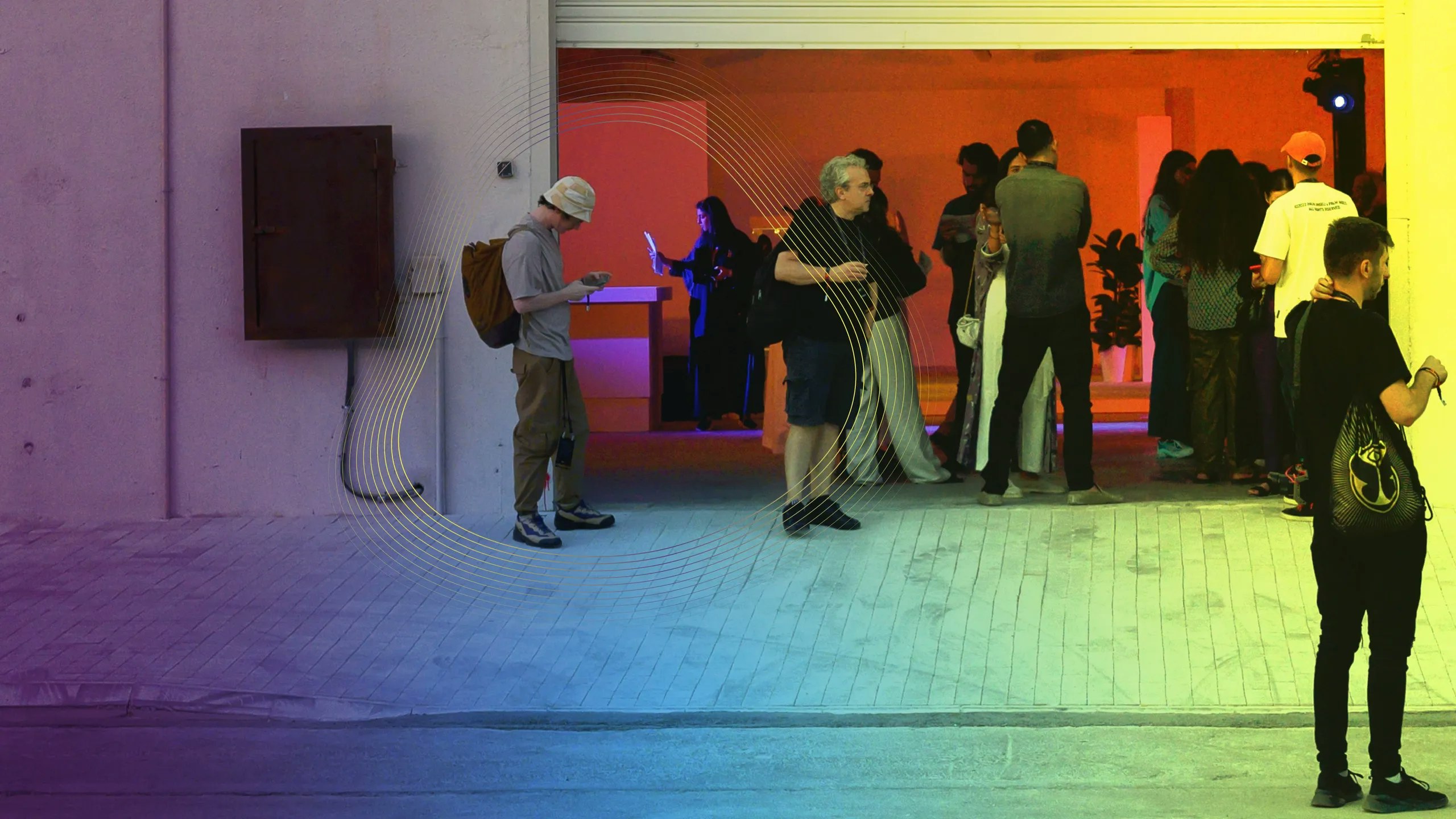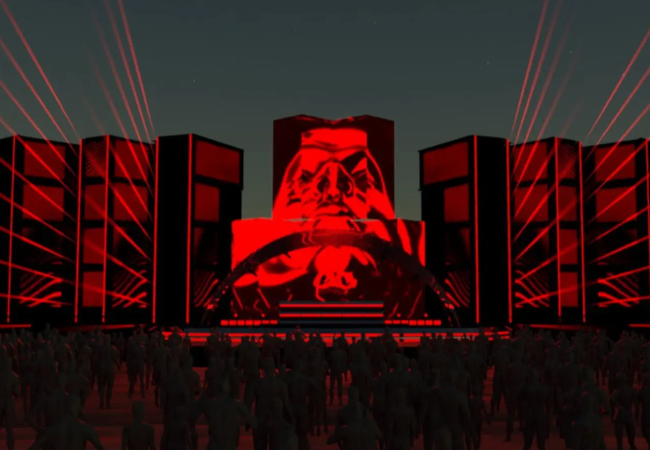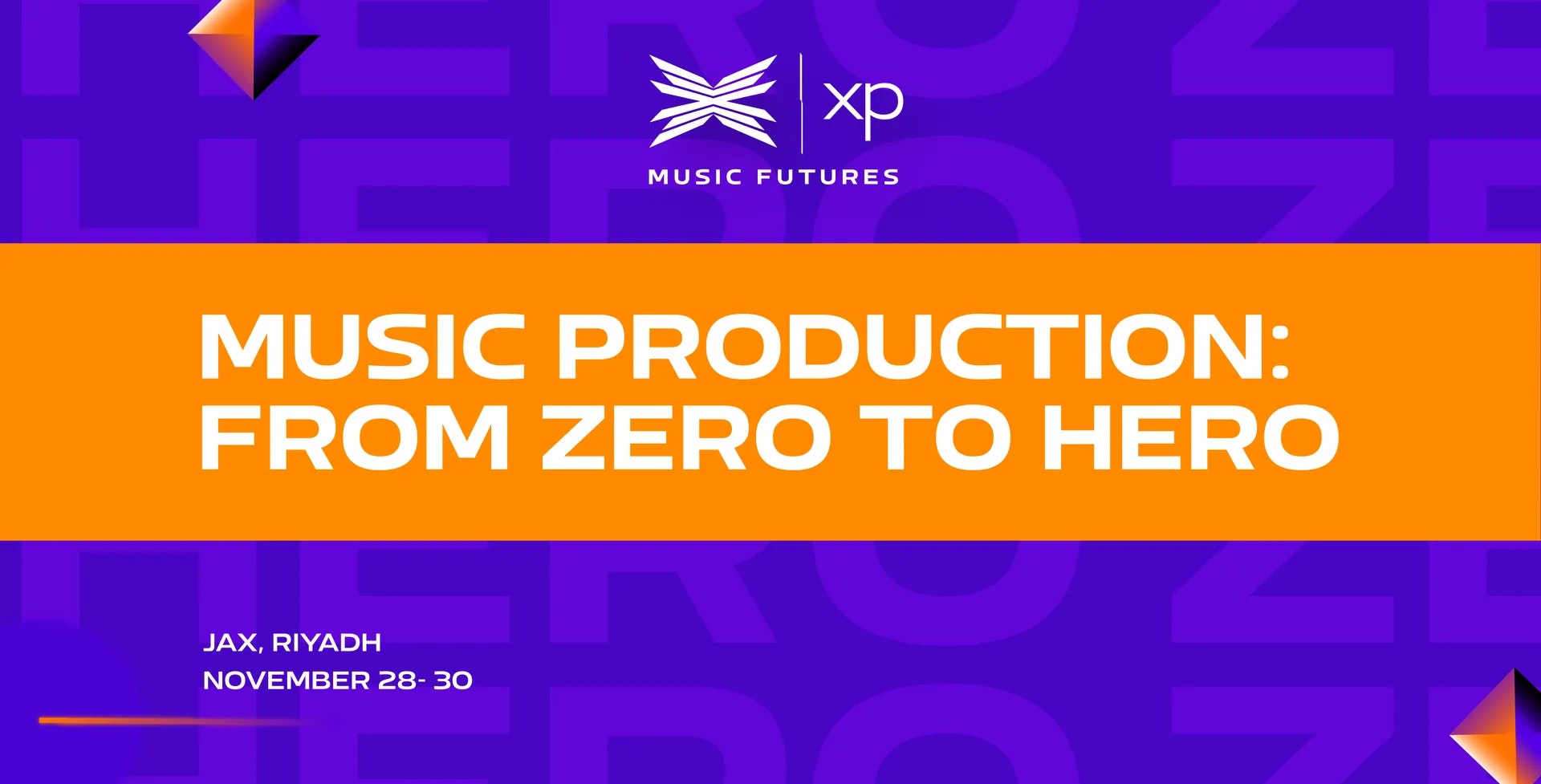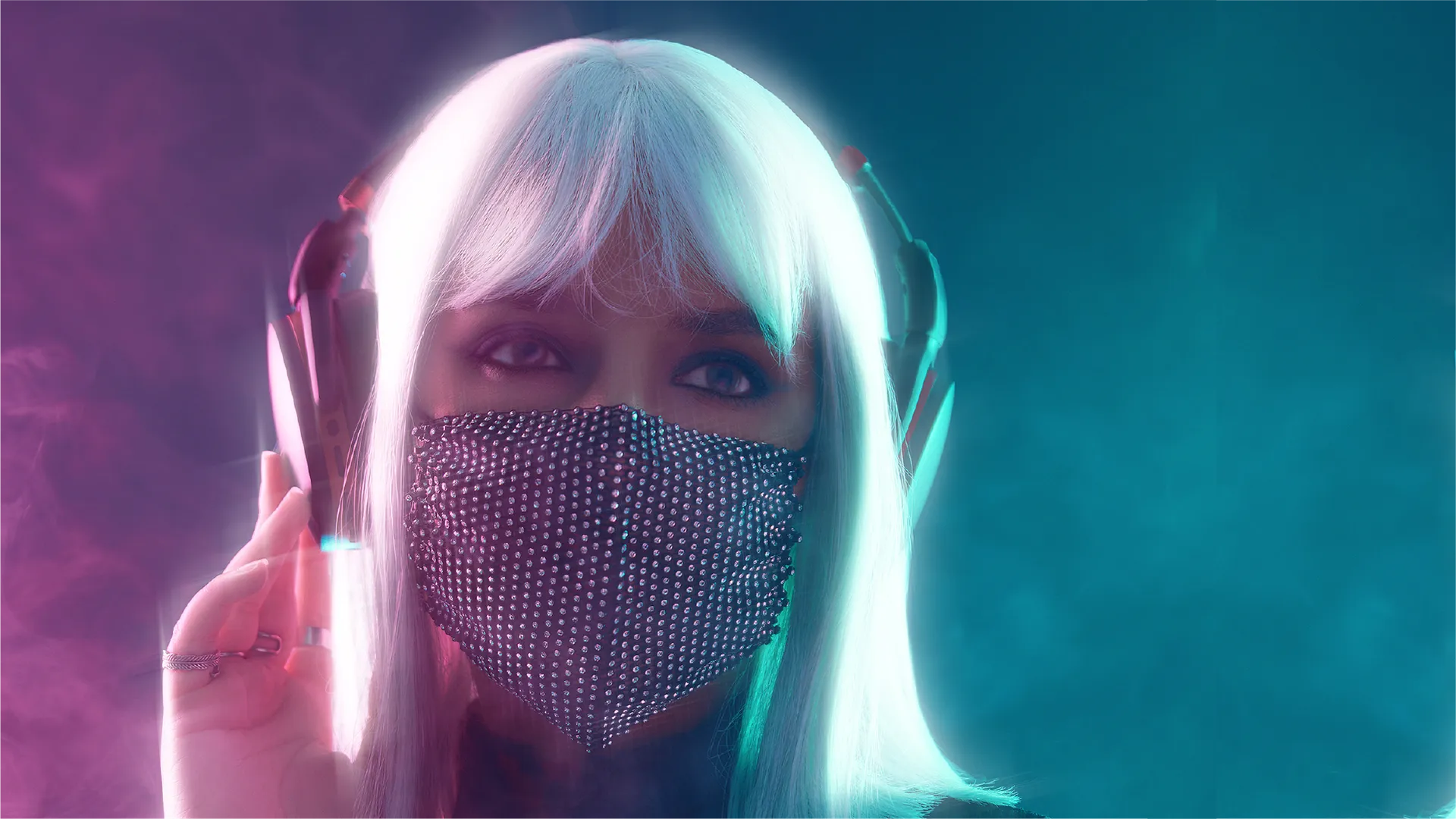
Soundstorm 2023 tickets
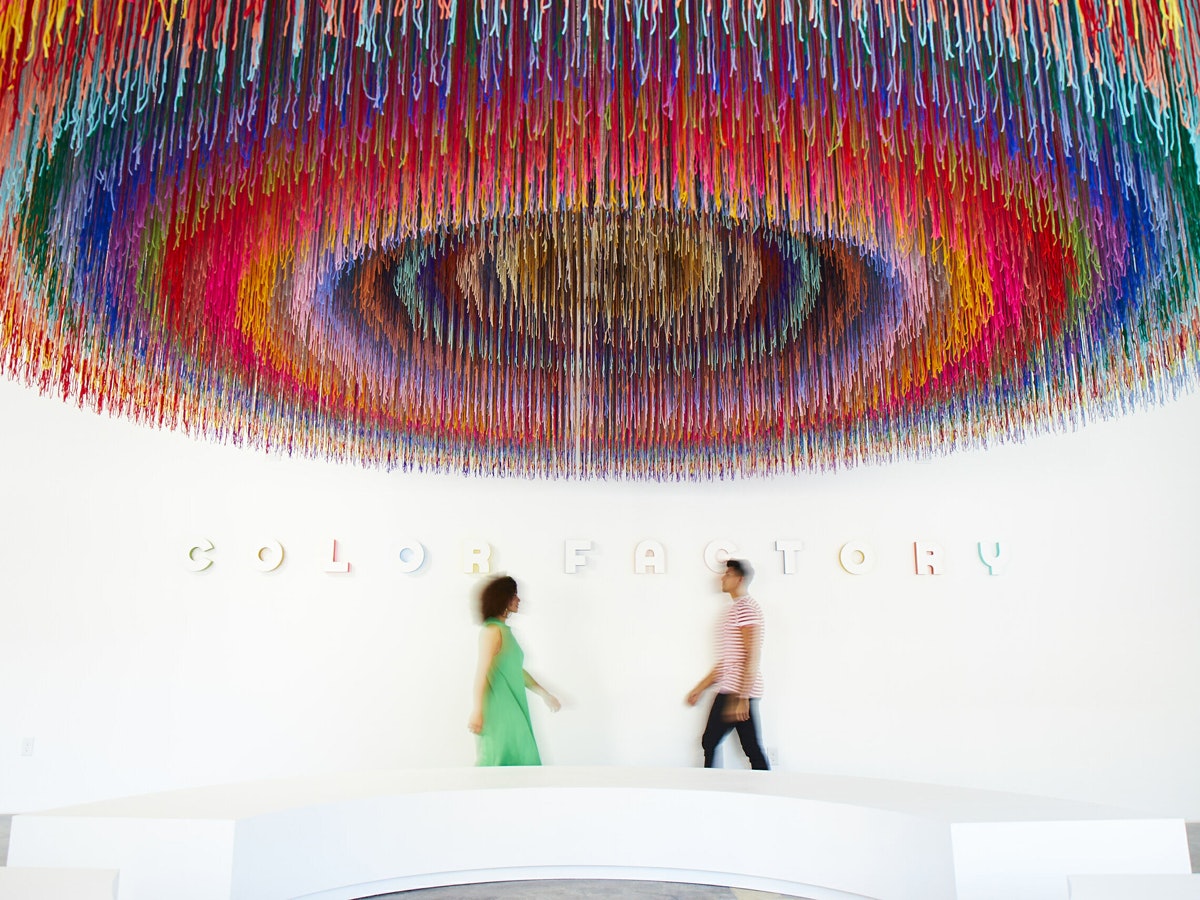
Why immersive art experiences will be all over your feed even more in 2022
By Mazen Khamis
January 27 2022
Why immersive art experiences will be all over your feed even more in 2022
By Mazen Khamis
January 27 2022
The New Year usually brings new beginnings, but one thing will remain unchanged in 2022: the sheer volume of immersive art experiences that will drench our social media feeds on the daily.
Although Vincent van Gogh was the focus of plenty of shows in 2021, immersive art lovers will be treated to a whole host of exhibitions dissecting Frida Kahlo, Claude Monet, Pablo Picasso and Gustav Klimt, among others, in the next few months.
This comes as no surprise. According to the HERE Institute’s 2020 annual report into the immersive entertainment industry, the sector was valued at more than $61.8 billion (£45.7 billion) at the beginning of 2020 – up 19 percent from 2019’s $49.7 billion (£36.7 billion). One major player in the immersive business, Meow Wolf, the New Mexico-based arts and entertainment company behind immersive shows in Santa Fe and Las Vegas’s Omega Mart, made a $158 million (£116.8 million) investment earlier this year to expand its footprint across other American cities.
Clearly people love immersive art – but what makes it different and, perhaps, more attractive than more traditional exhibitions, with sculptures plonked in the middle of rooms and paintings stuck on walls?
“There is a role for the traditional art setting but it has built itself on exclusivity,” says Sean Di Ianni, co-founder and executive vice-president at Meow Wolf. “Even in museums, there is a certain way people are expected to engage with that kind of work and it can be a bit dictating and intimidating. It’s not always welcoming. We discovered that by blurring the lines of art and entertainment, you are not intimidated walking into it.”
The idea of art as something that can be engaged with on a level deeper than passively looking at a painting is at the heart of the mindset of those behind these sorts of immersive experiences.
“Immersive art is art that you feel all around you,” says Mario Iacampo, the creative director and CEO of Exhibition Hub. “It is presented in a way in which the viewer is enveloped in it. In fact, there is no viewer any longer. Rather, the viewer becomes a part of the piece.”
It’s no longer just about seeing van Gogh’s “The Starry Night” at New York’s Museum of Modern Art – it’s about being surrounded by the stars and the night while walking among strangers in identical conditions in an anonymous blank space in any city in the world.
The much-discussed “Immersive van Gogh” in downtown New York was created by Italian Massimiliano Siccardi. It first premiered in Paris and has now been installed in more than 15 cities across the USA. It’s a projection extravaganza of the artist’s best-known works. Visitors bathe in van Gogh’s paintings, from “The Starry Night” to “Sunflowers” and “The Potato Eaters”, while walking around giant warehouse-like spaces.
Why the explosion of shows based on van Gogh’s work? The artist’s works are in the public domain and so can be used by anyone, although exhibition organisers do have to pay those who have taken the photos of the works used in a production. That’s likely one reason why so many immersive shows – almost to comical levels – focused on van Gogh this past year. “Immersive Van Gogh” and “Van Gogh: The Immersive Experience”, for example, were two competing destinations that left many ticket-seekers confused about which one they actually wanted to attend. Kahlo’s art is also in the public domain, as is some of Picasso’s – so expect competing shows to be mounted around these artists’ work as well.
Immersive entertainment isn’t just a trend confined to the world of art. Activities like escape rooms and immersive theatre shows similarly feed a desire for more interactivity. In a similar bracket are “Instagram museums” like Color Factory and the Museum of Ice Cream: interactive art galleries pretty much designed as social media fodder.
According to Di Ianni, social media and the evolving human spirit have, in unison, fuelled the desire for more of the same. “We built this culture around choice – we go to our phones and streaming services [to select] art and entertainment experiences,” he says. “But what is lacking there is human connection. We don’t actually connect to each other through our screens and I think people are really hungry to be in a space with each other, interacting in an unexpected way.”
Di Ianni also believes there’s a financial factor at play: after lockdowns people had not shopped or dined out for a long time and were left with cash to spend to do something – anything – in the company of others.
Although “Van Gogh: The Immersive Experience” opened to much fanfare in 2018, Iacampo does concede that “the pent-up demand for large-scale spectaculars like those we create did help generate additional enthusiasm after more than a year of lockdown”.
In terms of costs, Iacampo reveals that mounting a travelling experience like the one he’s worked on “is on range with traditional, large-scale, multi-million dollar blockbuster exhibitions”. Luckily, turnout for “Van Gogh: The Immersive Experience” has been “consistently 15 percent higher than we forecast”, which certainly has to do with the artist – both because people instantly recognise his name and because his work is more easily accessible.
As enthusiastic as people are now to engage with art in new ways, one big question comes to mind: is it “fair” to alter the original scope, intent and genre of the works of an artist who’s no longer with us?
“I think it is ‘fair’ because we stay true to van Gogh’s works,” says Iacampo. “We don’t use his work as a foundation for a new one. We animate his stars and clouds and fields and still lives as his brush strokes suggest. We present over 400 pieces of his with the intent of allowing the guests to feel their original intent.”
Di Ianni is more interested in applying new technology to new work by new artists – not just long-dead old masters. “The projection format of van Gogh is interesting but I hope the format will provide more outlets for living artists to express new ideas and new ideas in new ways,” he says.
He compares the world of immersive art to the streaming world. “We’ve seen the way streaming has just blown everything up with incredible storytelling,” he says. “I think people are going to want to see more rich and unexpected storytelling moving forward [in the world of art as well].”
Di Ianni is putting his money where his mouth is: all Meow Wolf’s installations are now based around new art. But whether audiences in 2022 choose Frida Kahlo’s flowers or something more contemporary, one thing is for sure: we’re no longer happy sitting on the sidelines. We want to be at the heart of the action ourselves.
Share this


